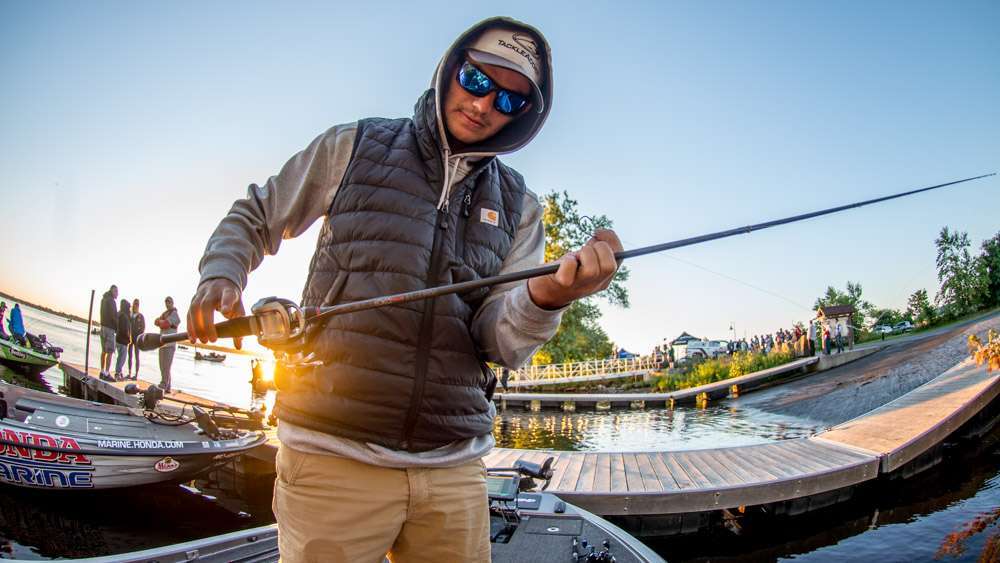
No matter where I go I’m always asked about fishing new water. It’s the one question I get over and over. I thought that’d be a good topic for this column, but my thoughts don’t just apply to new water. You can use my approach on any lake even if you’ve fished it for years.
The first thing I do is ride around. Depending upon how big the lake is that might take half a day or it might take me from daylight to dark. I don’t fish while I’m doing this. I look — at everything.
I want to know the big picture but, more importantly, I want to know the details. The creeks might all be long and deep, but they aren’t the same. One will have more twists and turns in it, another will have steeper channel drops and still another one might have a shallower drop on its shoreline. Some will have wood, others will have rock and some will have nothing.
Those things are important and you can only understand them if you see them up close and look them over with your electronics.
Two other things that require an up-close look are vegetation and water clarity. Vegetation can change overnight if you get a heavy rain, and even if you don’t it’ll grow fast in some lakes if the water’s real clear. You need to see it for yourself just before you start fishing. That’s the only way I know to really understand what’s there.
Water clarity changes even more than vegetation. Rain and creeks will change depending upon what’s coming in them. And, in a lot of lakes we’re getting algae blooms. They can happen in a matter of hours. Obviously, if they’re happening when you’re on the water you can see them. But even if they’re not you can spot the places — sometimes, anyway — where they’re likely to happen.
Once I have the big picture and the details in mind I’ll start taking a closer look at things and fish some areas that look productive. The big thing, though, is to eliminate water. If you know where you’re wasting your time, you can concentrate your efforts in the places where you think you can catch them.
Eliminating water can be complicated. Sometimes you have to make an educated guess by thinking about the season you’re fishing, the water temperature, the available structure and cover and sometimes by water clarity. You can’t fish everything.
That’s how I fish new water. But, I think a lot of anglers — including me — can use this method on water they fish everyday. Go out one day and just look around. Take a fresh look at things. Don’t fish. In fact, don’t even take your rods and reels out of the box.
After you’ve looked things over start eliminating water. Forget about what you already know. This is a start from scratch process.
You’ll note that I haven’t mentioned paper maps. That’s because I don’t think you learn that much from them. I know a lot of really good anglers will disagree with me, but that’s how I feel.
If you have a system that works better for you, fine. If not, give mine a try.

